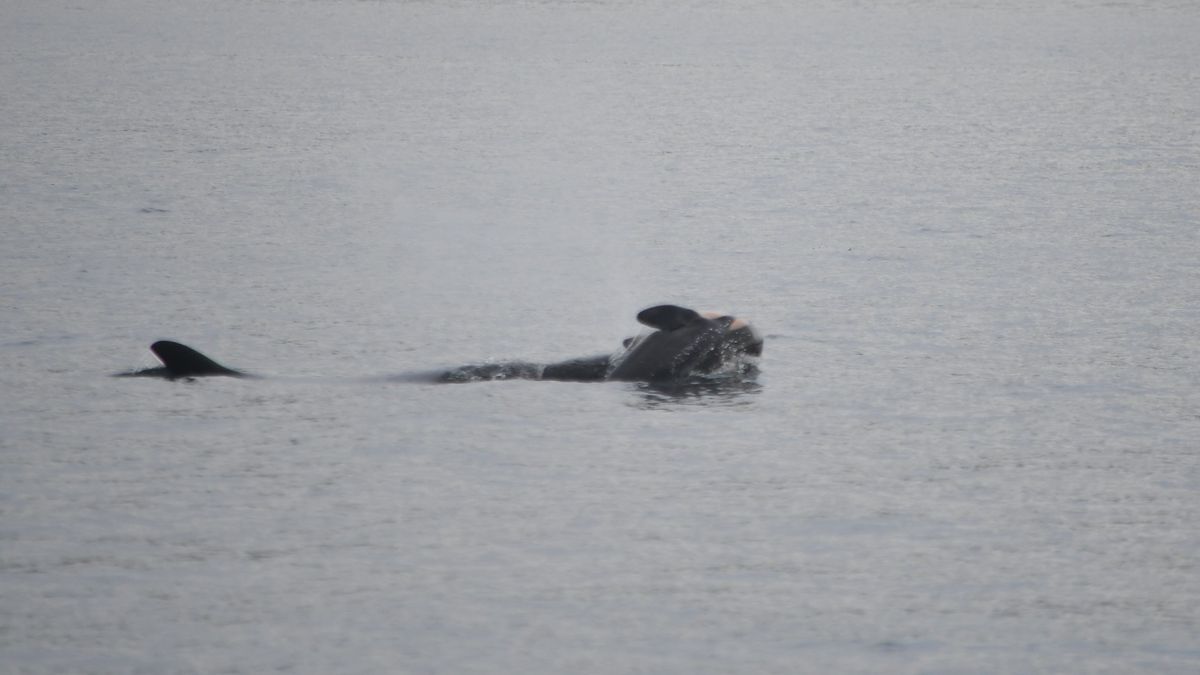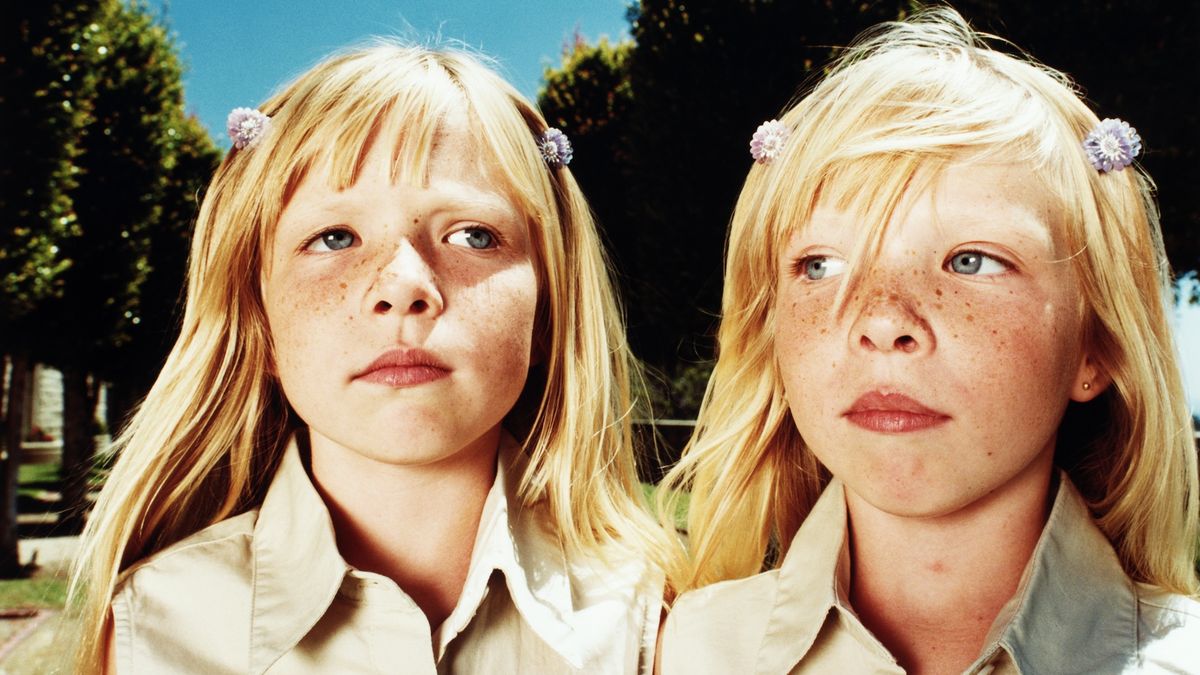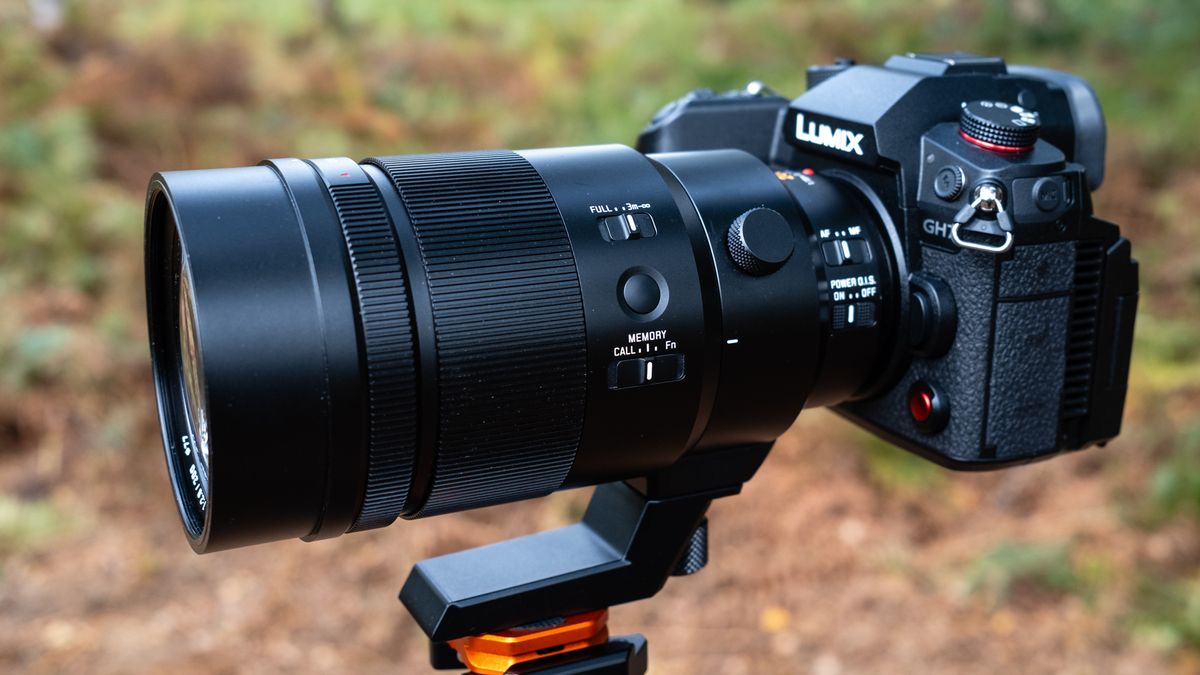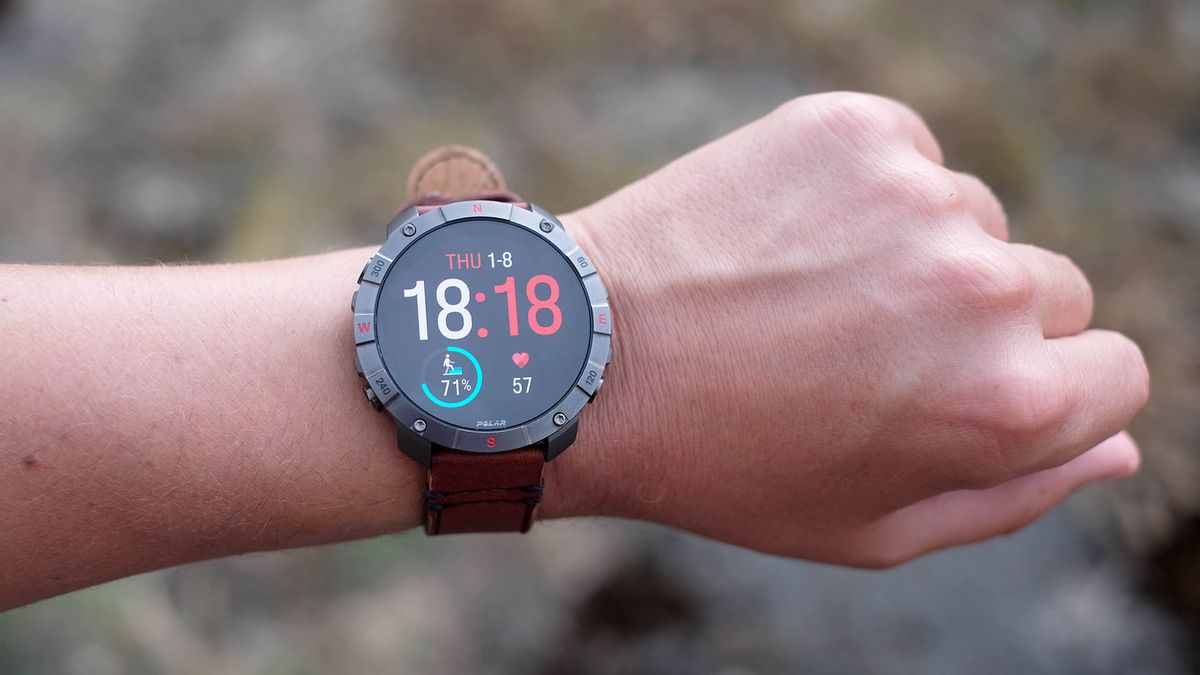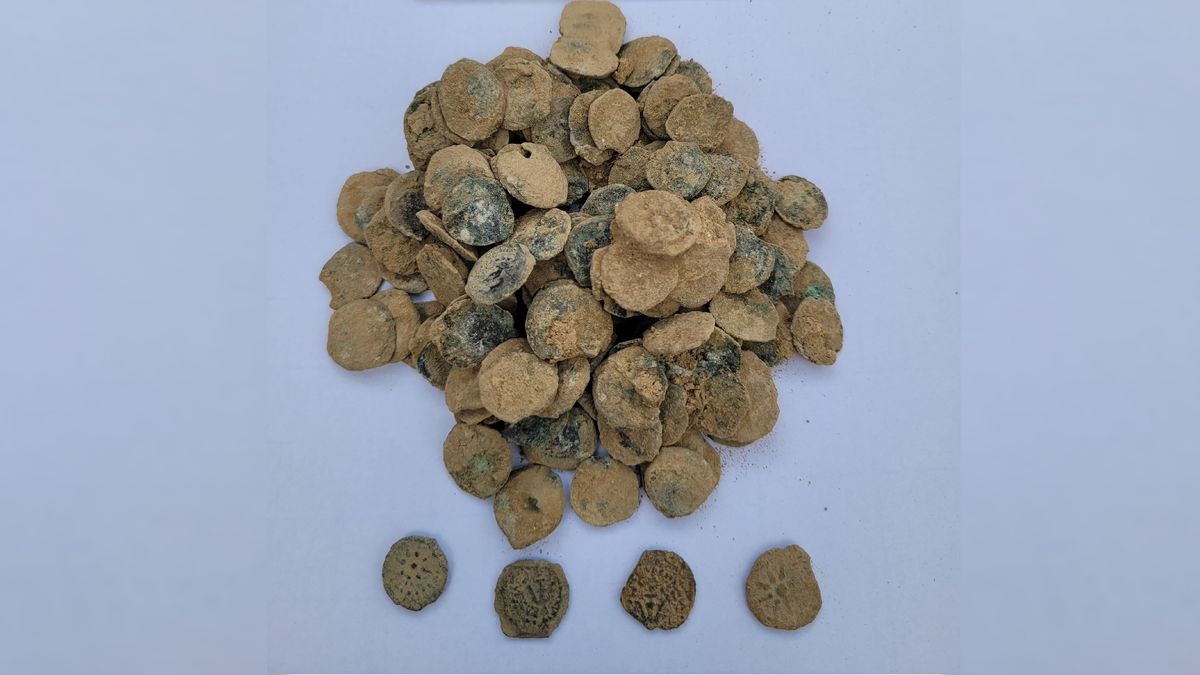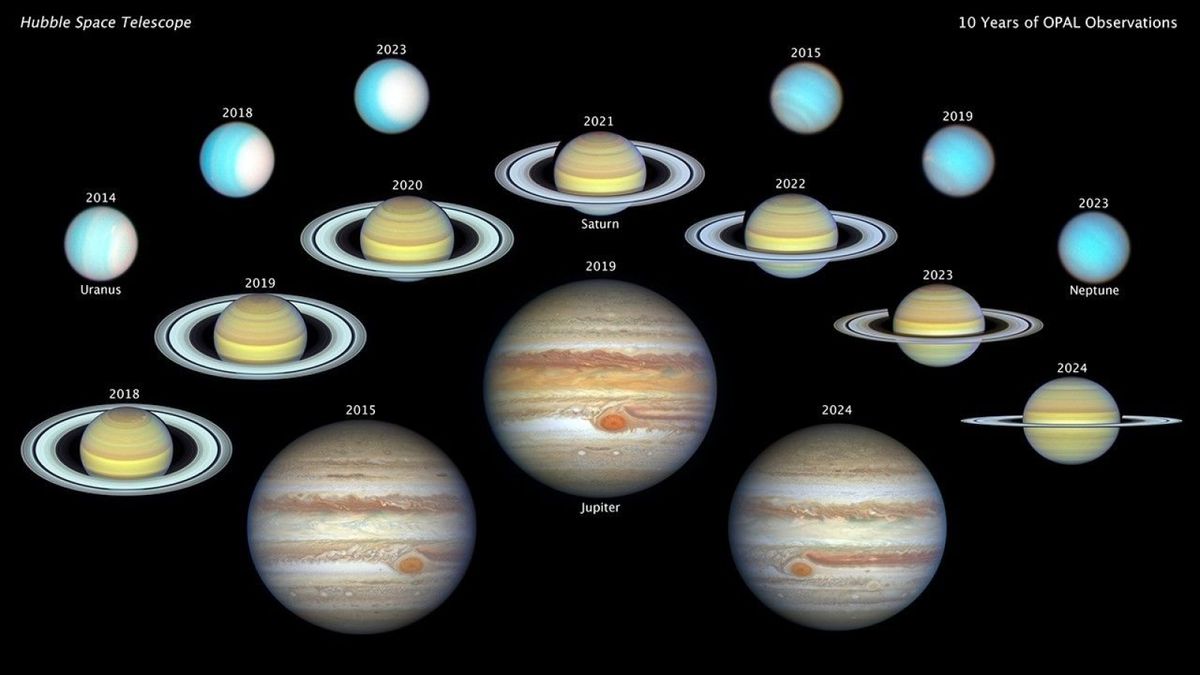An endangered orca is carrying a dead calf around on her head in a tragic repeat of behavior that made headlines six years ago.
Tahlequah, or J35, became famous in 2018 for embarking on what some scientists described as a “grief” tour, pushing her dead calf through the ocean for 1,000 miles (1,600 kilometers) until she eventually let go. She went on to successfully rear two other calves. But now, Tahlequah, part of a struggling group called the southern resident killer whale population, appears to be grieving another calf.
Researchers at the National Oceanic and Atmospheric Administration (NOAA) photographed Tahlequah carrying a dead newborn calf in Puget Sound off Seattle on Wednesday (Jan. 1).
“This is an unfortunate way to start the new year with the news that southern resident killer whale J35 has lost another calf and is again keeping it with her,” Michael Milstein, an NOAA public affairs officer, said at a news conference on Thursday (Jan. 2). “She is of course known around the world for carrying her earlier calf for 17 days in 2018, which was heartbreaking at the time. It’s that much harder to see now that she has lost another one.”
Related: Orca calf refuses to leave a lagoon where its mother stranded and died off Vancouver Island
Southern resident killer whales (Orcinus orca) are listed under the U.S. Endangered Species Act and have been struggling for decades. Scientists have identified three main reasons for their decline: less prey — mainly Chinook salmon (Oncorhynchus tshawytscha); pollution; and boat disturbance, according to NOAA.
A 2017 study published in the journal PLOS One found that nearly 70% of southern resident killer whale pregnancies failed between 2008 and 2014, with one-third of those pregnancy losses occurring late in gestation or immediately after birth. The NOAA researchers who documented J35’s latest calf believe that it only lived for about a week.
The team first noticed the new calf on Dec. 20, after citizen scientists spotted it, Brad Hanson, a wildlife biologist at NOAA’s Northwest Fisheries Science Center, said at the news conference. Researchers noted that the calf was alive on Dec. 23, but they were immediately concerned about its health.
Tahlequah appeared to be pushing the calf — called J61 — around even when it was alive, and while the calf seemed to be viable at the time, something wasn’t right. “When it was surfacing, it looked like it might be struggling,” Hanson said.
When the researchers got out on the water again on Dec. 31, they noticed that the calf was missing and Tahlequah appeared to be pushing something around, which they later confirmed was the now-deceased J61.
Good news
While Tahlequah became famous for this behavior in 2018, she is not unusual. Orcas are one of several species of whale and dolphin that have been observed carrying dead offspring.
NOAA will continue to monitor Tahlequah’s pod, which is called “J Pod.” Despite the tragic events of the last week, they are hopeful for the pod’s future, particularly as there was another birth this week.
“The better news to remember is that J35 has given birth to calves that have survived and give us hope for the population,” Milstein said. “And at the same time that the team realized that J35’s calf had died, they also saw a new calf in J Pod that is very much alive and looks healthy.”





